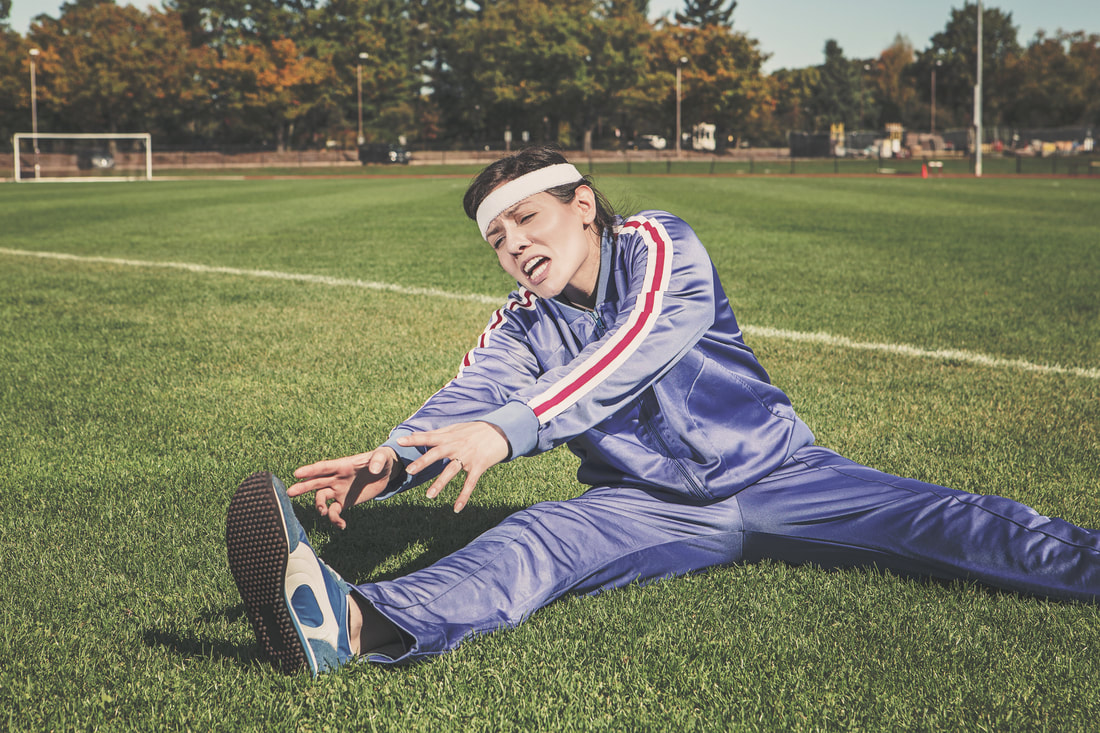"My hamstrings are tight... and I stretch all the time!" |
| | |
Take Home Advice
1) Perform dynamic joint mobility exercises as part of your warm-up and cool down. Instead of isolating one muscle group and stretching for 30, 60, or 90 seconds, I recommend only holding the end-range of a mobility exercise for 1-2 seconds.
2) Perform joint mobility exercises first, then static stretching second. Targeting the joint first will allow the muscles to get further into the stretch.
3) Find a daily mobility and maintenance routine! This routine should incorporate whole body movements (like the exercises above) and last approximately 10-15 minutes.
2) Perform joint mobility exercises first, then static stretching second. Targeting the joint first will allow the muscles to get further into the stretch.
3) Find a daily mobility and maintenance routine! This routine should incorporate whole body movements (like the exercises above) and last approximately 10-15 minutes.
Reference:
Myers, Thomas W. (2011). Anatomy Trains. London: Urban & Fischer.
Myers, Thomas W. (2011). Anatomy Trains. London: Urban & Fischer.
3 Comments
Heafner Health
Physical Therapy
Manual Therapy
Movement Specialists
Pain Management
Archives
April 2024
February 2024
January 2024
June 2023
April 2022
October 2019
February 2019
September 2018
August 2018
July 2018
June 2018
May 2018
March 2018
February 2018
January 2018
December 2017
November 2017
September 2017
August 2017
July 2017
June 2017
May 2017
April 2017
March 2017
January 2017
September 2016
August 2016
July 2016
June 2016
May 2016
April 2016
March 2016
February 2016


 RSS Feed
RSS Feed
